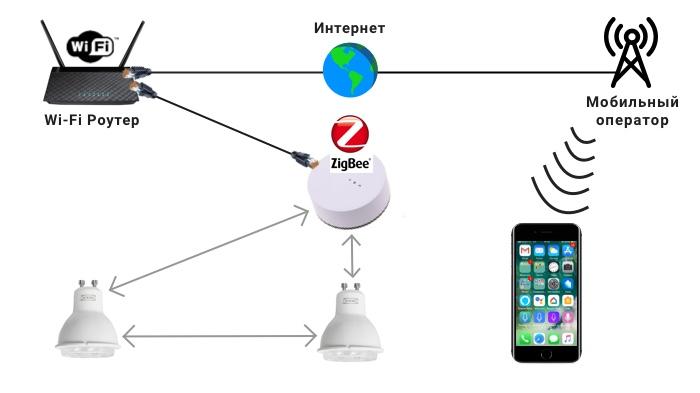Zigbee Market: A Comprehensive Analysis
The Zigbee market is experiencing significant growth, driven by the increasing adoption of smart devices and the expanding Internet of Things (IoT) ecosystem. Zigbee, a low-cost, low-power wireless mesh network standard, is widely used for monitoring and controlling applications across various industries. This article provides an in-depth analysis of the Zigbee market, covering key players, market segmentation, drivers, restraints, regional analysis, and recent industry developments.
The Zigbee Market is projected to grow from USD 2.97 billion in 2024 to USD 6.0 billion by 2032, at a compound annual growth rate (CAGR) of 9.1%. This growth is primarily attributed to the rising demand for smart home automation, industrial automation, and smart energy solutions. Zigbee’s ability to provide reliable, low-power communication over short distances makes it an ideal choice for these applications.
Market Key Players
Several key players dominate the Zigbee market, including Texas Instruments Inc., Microchip Technology, Silicon Laboratories, NXP Semiconductors N.V., and STMicroelectronics. These companies are at the forefront of developing innovative Zigbee-enabled devices and solutions, driving the market’s growth. For instance, Microchip Technology is known for its high-performance microcontrollers and transceivers, which are essential components for Zigbee applications.
Market Segmentation
The Zigbee market can be segmented based on application and standard. By application, the market is divided into home automation, telecommunication services, healthcare, industrial automation, retail, and others. Home automation is the largest segment, driven by the increasing adoption of smart home devices such as smart speakers, lighting systems, and security systems. By standard, the market is segmented into ZigBee RF4CE, ZigBee PRO, ZigBee 3.0, ZigBee IP, and others. ZigBee 3.0 is the most widely used standard, offering enhanced interoperability and security features.
Get a Sample Report + All Related Graphs & Charts:
https://www.marketresearchfuture.com/sample_request/2617
Market Drivers
Several factors are driving the growth of the Zigbee market. The primary driver is the increasing adoption of smart home devices and IoT applications. As consumers seek more control and automation in their homes, the demand for Zigbee-enabled devices continues to rise. Additionally, the low power consumption and cost-effectiveness of Zigbee technology make it an attractive option for various applications. The growing trend towards energy-efficient solutions in industrial and commercial sectors also contributes to the market’s expansion.
Market Restraints
Despite its growth, the Zigbee market faces several challenges. One of the main restraints is the competition from other wireless communication standards such as Bluetooth and Wi-Fi. These technologies offer higher data transfer rates and longer ranges, which can be advantageous in certain applications. Additionally, the complexity of Zigbee network setup and maintenance can be a barrier for some users. Ensuring interoperability between different Zigbee devices and standards also remains a challenge.
Regional Analysis
The Zigbee market is geographically segmented into North America, Europe, Asia-Pacific, and the rest of the world. North America holds the largest market share, driven by the high adoption rate of smart home devices and advanced IoT infrastructure. The Asia-Pacific region is expected to witness the fastest growth during the forecast period, owing to the increasing industrial automation and smart city initiatives in countries like China and India. Europe also represents a significant market, with growing investments in smart energy and building automation solutions.
Industry Developments
The Zigbee market is witnessing several notable developments. For instance, the integration of Zigbee with other smart home standards such as Matter is enhancing the interoperability of smart devices. Companies like Sengled are introducing innovative products like health monitoring light bulbs, which leverage Zigbee technology to offer additional functionalities. Additionally, advancements in Zigbee 3.0 are improving the security and performance of Zigbee networks, making them more reliable for critical applications.
Browse In-depth Market Research Report:
https://www.marketresearchfuture.com/reports/zigbee-market-2617


